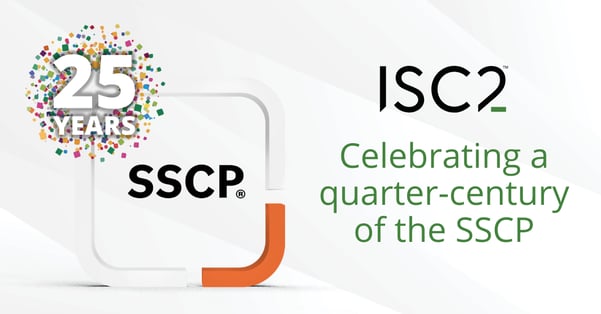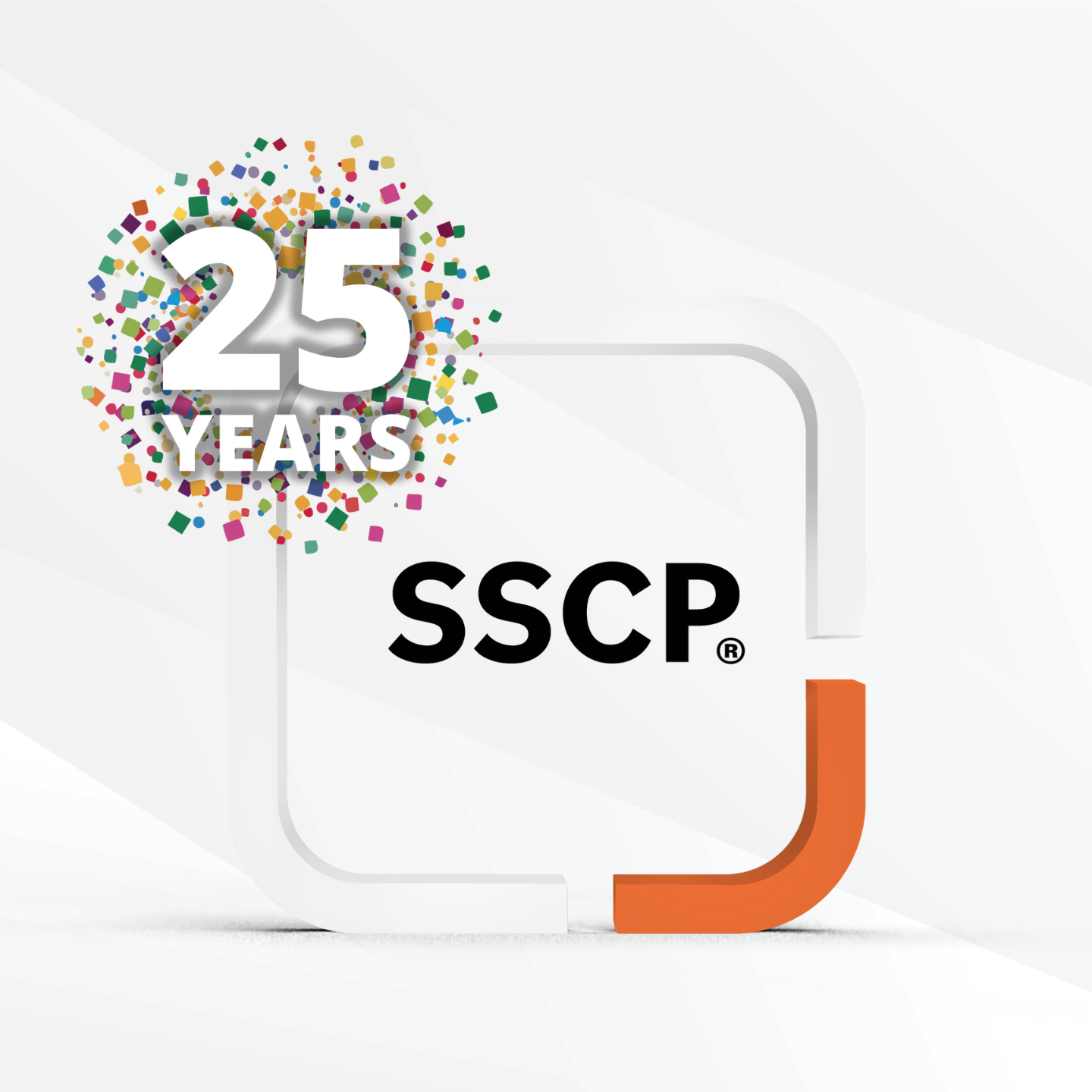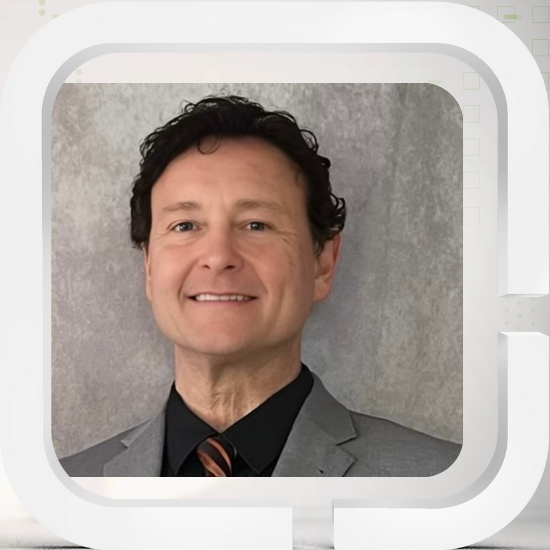As IT environments have evolved from Y2K-era data centers to today’s AI-driven infrastructure, ISC2’s SSCP certification has remained a trusted, vendor-neutral credential for hands-on cybersecurity professionals responsible for securing critical IT systems across seven foundational domains.
 The year 2000 was a significant one for anyone who worked in IT. After managing the infamous millennium bug known as Y2K, hands-on IT practitioners worldwide could attest to one major takeaway from that milestone in IT history: IT systems are constantly changing. Later that year, the nefarious “ILOVEYOU” malware worm infected approximately 10% of the world’s computers—all during a time when IT security administrators did not have a clear playbook for securing IT infrastructure.
The year 2000 was a significant one for anyone who worked in IT. After managing the infamous millennium bug known as Y2K, hands-on IT practitioners worldwide could attest to one major takeaway from that milestone in IT history: IT systems are constantly changing. Later that year, the nefarious “ILOVEYOU” malware worm infected approximately 10% of the world’s computers—all during a time when IT security administrators did not have a clear playbook for securing IT infrastructure.
The year 2000 was also a momentous year for ISC2 and the cybersecurity profession, as ISC2 launched the Systems Security Certified Practitioner (SSCP) certification. A globally-consistent measure of competency, the SSCP validates that holders have the knowledge and skills required to implement, monitor and administer IT infrastructure using cybersecurity best practices. ISC2 designed the SSCP certification for infosec professionals responsible for the hands-on operational security of their organization’s critical IT assets.
Now, 25 years later, we proudly celebrate the SSCP and the more than 11,000 cybersecurity professionals globally who have earned this credential.
The Go-to Certification for Those Securing Ever-Changing IT Environments
Given the far-reaching advancements that have transformed IT and cybersecurity environments over the last 25 years, being able to address constant changes to IT environments is the name of the game. Consider, for instance, the sweeping security implications of switching from managing mostly on-premise data centers and closed networking systems in the early 2000s to tackling the cloud environments that proliferated alongside the hyper growth of dot-com companies, mainstream adoption of Wi-Fi and novel bring your own device (BYOD) policies just a decade later. Not to mention those pandemic years of rapid pivots to work-from-anywhere IT environments! Today, AI infrastructure is swinging the pendulum again, changing the way we think about and secure our data.
Our rigorous practice for keeping certifications current is key to the SCCP’s long-term relevance as a vendor-neutral certification—despite all the technological changes we have seen since it was introduced. By continually updating the SSCP certification to capture current technical trends and know-how in areas such as access controls, incident response and recovery, and risk identification, monitoring and analysis, ISC2 is committed to helping IT security practitioners keep up with the skills needed to secure the IT environment.
Addressing Skills Shortages in Critical Domains
The SSCP certification encompasses seven key domains for technical practitioner roles. Earning a globally recognized IT security administration and operations certification like the SSCP is a great way for cybersecurity professionals to grow their career and better secure their organization’s critical assets.
“Going through the SSCP training gave me more than just a certification—it gave me a clearer way to handle everyday security challenges, especially when it comes to incident response (IR) and risk management,” said Sida Say, SSCP, CC.
In fact, several of the domains covered in the SSCP address areas cited as the biggest skills shortfalls within security teams: access control (including zero trust), incident response, and application security. According to the ISC2 Cybersecurity Workforce Study, 27% of respondents cited zero trust as the biggest skills shortfall on their teams, 25% cited incident response and 24% cited both application security and penetration testing as among these skills shortages.
Demonstrating Vendor-Neutral Skills to Secure IT Infrastructure
As a vendor-neutral certification, the SSCP exam and course materials focus more on the why instead of just the how, which varies by vendors. Anyone responsible for IT system security can attest that the “why” driving IT environments is an ever-moving target, so maintaining a current understanding of the key domains covered by the SSCP is crucial.
An integral part of ISC2’s nine certifications, the SSCP covers a broad range of critical expertise. It requires one year of cumulative work experience in one or more of the seven domains. The credential validates that certification holders have a balanced understanding of all seven areas of foundational knowledge—even as IT infrastructure and systems change—to secure IT systems and infrastructure.
A credential that stands the test of time
So, whether you were debugging COBOL code in the trenches of Y2K or are now navigating the complexities of hybrid cloud and AI-driven infrastructures, one thing remains constant: change. Since 2000, the SSCP has been a steadfast companion as IT infrastructure transforms, even evolving alongside the very systems it helps secure.
As we celebrate 25 years of this foundational certification, we commend those who have earned the SSCP credential as a badge of their commitment to ensuring a safe and secure cyber world.
For more information about earning the SSCP certification, visit this overview.


